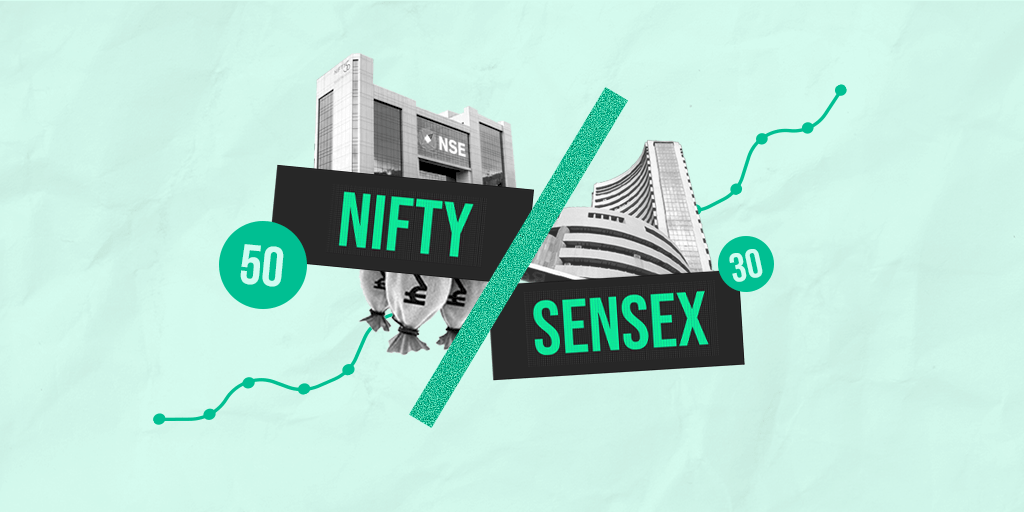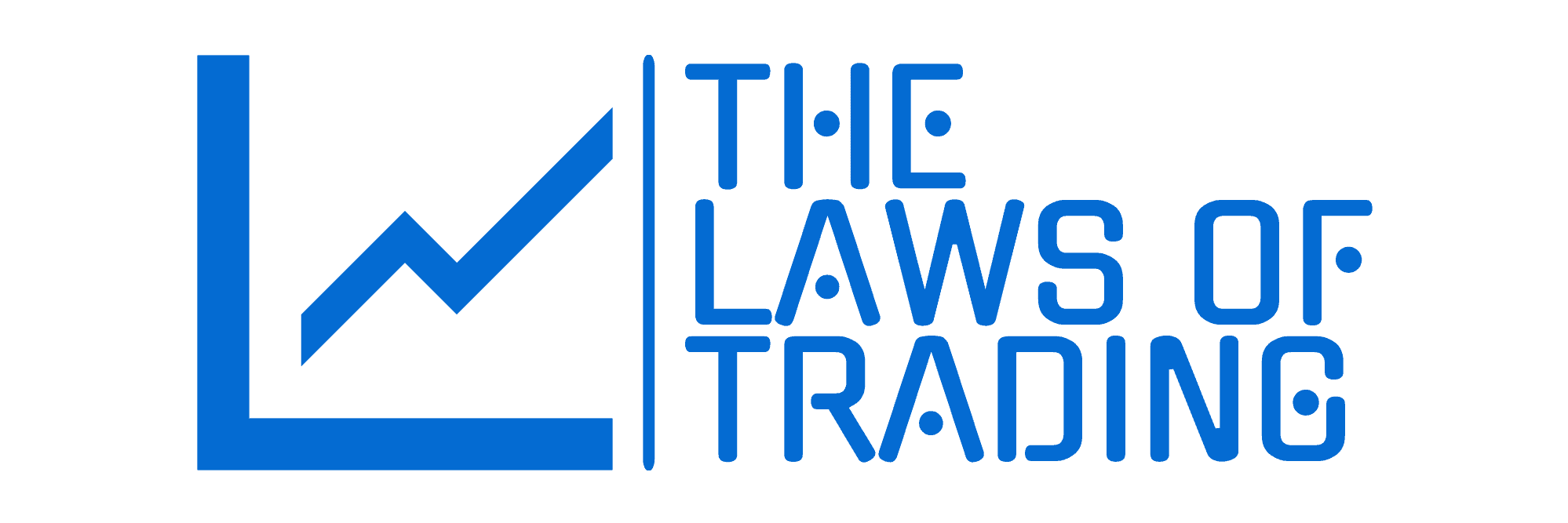Table of Contents
ToggleTable of Contents

Summary
Understanding India’s stock market is a journey that starts with understanding the Bombay Stock Exchange (BSE) and its benchmark index, the Sensex. The Sensex, composed of 30 carefully selected companies, acts as a barometer of market sentiment. On the other hand, the National Stock Exchange (NSE) introduced Nifty 50, which is a broad representation of the Indian equity market. It is important for investors to monitor Nifty and Sensex, as these indices provide valuable insights into the economic health of the country and market trends.
Introduction
In the emerging world of finance, navigating the stock market can be a hard task, especially for those new to the game. India’s stock market, one of the fastest growing in the world, presents many opportunities and challenges for investors.
At the center of this financial ecosystem are two important indices: the Sensex and the Nifty. To truly understand the dynamics of India’s stock market, one must first understand the fundamentals of the Bombay Stock Exchange (BSE), Sensex and National Stock Exchange (NSE).
Bombay Stock Exchange (BSE)

Birth of BSE
The Bombay Stock Exchange (BSE) holds a special place in the financial history of India. Established in 1875, it is the oldest stock exchange in Asia and the first in India. Its rich heritage is a testament to India’s long-term engagement with capital markets. Over the years, BSE has played an important role in shaping the financial landscape of the country.
BSE Today: A Snapshot
BSE has evolved significantly since its inception. Today, it boasts a modern trading platform that facilitates trading of a wide range of financial instruments, from stocks and bonds to derivatives. The exchange has also introduced various indices, the most famous of which is the Sensex.
BSE Sensex today: Tracking market trends
Sensex, short for sensitive index, is often synonymous with BSE. It consists of 30 most well-established and financially strong companies listed on BSE. These 30 companies have been carefully selected to represent different sectors of the Indian economy, making the Sensex a reliable indicator of overall market performance.
Sensex: An Overview
What is Sensex?
The Sensex is a barometer of market sentiment and economic health in India. It reflects the collective performance of the 30 companies involved.
When the Sensex rises, it indicates optimism and confidence in the market, while a fall may indicate caution or pessimism.
Sensex Share Price: How is it calculated?
The calculation of the Sensex involves a complex methodology that considers the market capitalization of its constituent companies.
Market capitalization is determined by multiplying a company’s share price by the total number of shares outstanding. After this, the value of Sensex is calculated by taking the sum of the market capitalization of its 30 components.
Sensex Stock Price: How to Interpret It
It is important for investors and analysts to interpret Sensex stock price. A rising Sensex indicates that the overall market is performing well, while a falling Sensex may indicate economic challenges or uncertainty.
Sensex Stock Market: A Barometer of Investor Sentiment
Investor sentiments often influence the Sensex. Positive news about the economy or corporate earnings can push the Sensex higher, while negative news can have the opposite effect. As a result, investors keep a close eye on the Sensex to take informed decisions.
National Stock Exchange (NSE)
Introduction to NSE
The National Stock Exchange (NSE) is an important player in the financial ecosystem of India. Established in 1992, it has rapidly become one of the largest and most advanced stock exchanges in the world.
NSE plays an important role in providing a platform for trading equities, derivatives and other financial instruments.
NSE National Stock Exchange: Key Features
NSE is known for its state-of-the-art trading platform, transparency and strong regulatory framework. These factors contribute to its position as the preferred exchange for domestic and international investors.
NSE Today: Real-time market updates
Investors and traders rely on real-time market updates from NSE to make informed decisions. The exchange provides a wealth of information including stock prices, trading volumes and company announcements.
Nifty: Benchmark of National Stock Exchange
Nifty Index Share Price: How does it work?
The National Stock Exchange (NSE), established in 1992, introduced the Nifty 50 or simply Nifty. The index comprises 50 large-cap stocks, making it a broader representation of the Indian equity market than the Sensex. The Nifty index share price is calculated using the same methodology as the Sensex.
Nifty 50 Stock Price: Understanding Nifty Top 50 Companies
Nifty 50 represents India’s corporate crop. It includes companies from different sectors, which ensures diversification and reduces risk for investors tracking this index.
Nifty Stock Prices: Impact on Investors
Nifty share price has a deep impact on investors and traders. It is an important benchmark to measure the performance of portfolios, mutual funds and other investment instruments.
Nifty Today: Tracking market movements
Like the Sensex, the Nifty is updated in real-time throughout the trading day. Investors and analysts use Nifty to assess the daily performance of the market and take timely investment decisions.
Nifty Index Today: A Daily Performance Indicator
The Nifty index today provides investors with information about how the Indian stock market will perform on any given day. It is widely tracked by financial news outlets and investment professionals.
Nifty Fifty Today: A Closer Look
Nifty 50 companies represent various sectors including banking, information technology, consumer goods and others. This diversity ensures that the index reflects the overall health of the Indian economy.
Related FAQs:
- What is the difference between Sensex and Nifty?
Both Sensex and Nifty are benchmark indices in India, but they represent different groups of companies. Sensex comprises 30 companies listed on BSE, while Nifty comprises 50 companies listed on NSE. - How often is the Sensex updated?
The SENSEX is updated continuously throughout trading hours, providing real-time data on market performance - What is the significance of Nifty 50?
The Nifty 50 represents the performance of India’s top 50 companies, making it an important indicator of the country’s economic health and investor sentiment. - Can I invest directly in BSE or NSE?
Although you cannot invest directly in these exchanges, you can invest in shares and securities listed on BSE and NSE through brokerage accounts. - How do I track NSE performance?
You can track the performance of NSE through real-time updates on financial news websites, trading platforms and the official website of NSE. - Which factors affect the movement of Sensex and Nifty?
Many factors, including economic data, corporate earnings, global events and government policies, can influence the movements of the Sensex and Nifty.


